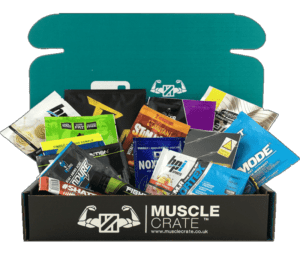Home » Foam vs. Paper: Comparing Protective Packaging Materials
Foam vs. Paper: Comparing Protective Packaging Materials
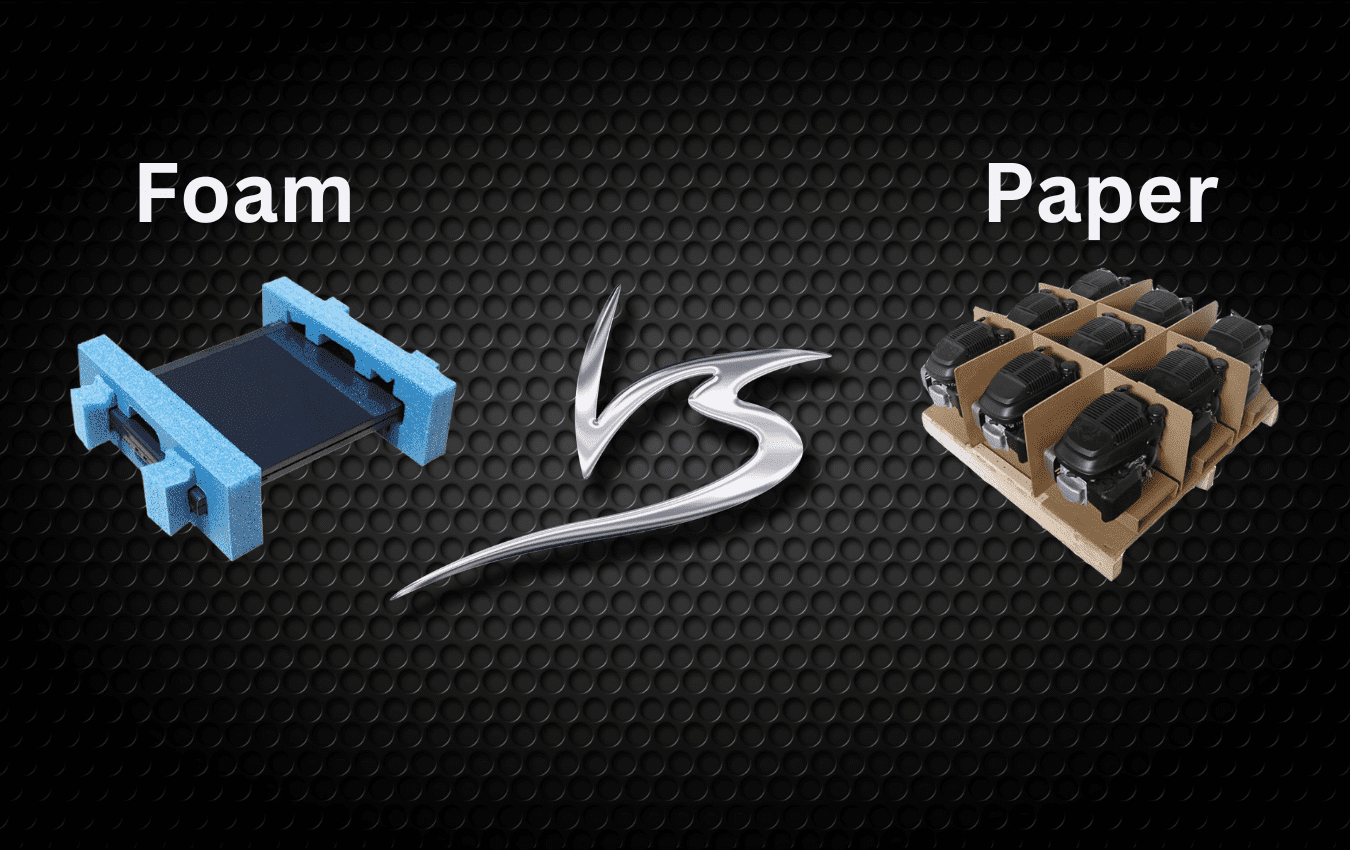
In the world of e-commerce and supply chain management, the need for reliable packaging materials cannot be overstated. From the careful encasing of fragile items to ensuring the safe transit of products, the choice of packaging material often makes a significant difference. In this blog, we delve into the world of protective packaging materials, comparing two popular options: foam and paper.
Understanding Protective Packaging
Before we compare foam and paper, it’s important to understand what protective packaging entails. Protective packaging, as the name suggests, is designed to shield products from damage during storage or transit. This damage could come in many forms such as shock, vibration, abrasion, or environmental factors such as moisture or temperature fluctuations.
Foam Packaging: Advantages and Disadvantages
Advantages of Foam Packaging
Superior Cushioning
Foam is known for its exceptional cushioning properties. It’s capable of absorbing and dispersing impact, which reduces the risk of damage to fragile or sensitive items. This makes it a favored choice for electronics, ceramics, glassware, and other delicate items.
Versatility
Foam can be customized into different shapes and sizes, making it a versatile choice for different products. This adaptability means it can be tailored to fit unusual shapes or to snugly encapsulate specific items.
Lightweight
Foam is extremely light, which can help reduce shipping costs. This lightweight property doesn’t compromise its protective capabilities, though, as foam still offers excellent shock absorption.
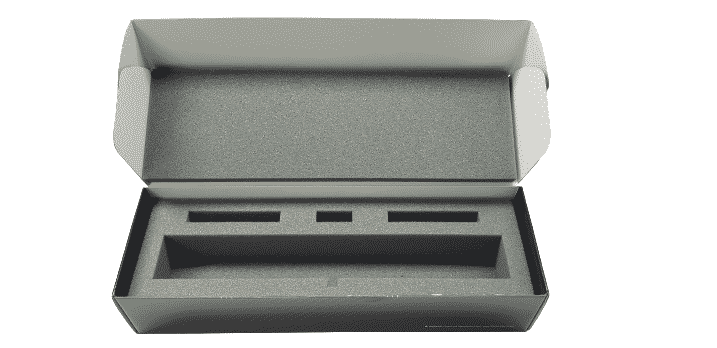
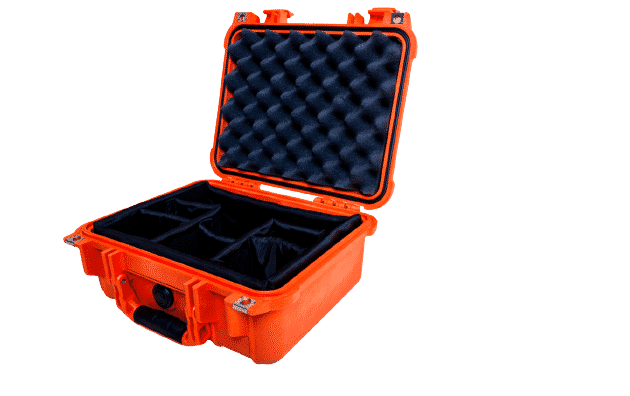
Disadvantages of Foam Packaging
Environmental Impact
One of the major disadvantages of foam is its environmental impact. Foam is typically non-biodegradable and can take hundreds of years to decompose. Even when recycled, the process can be energy-intensive.
Cost
Compared to other packaging materials, foam can be relatively expensive. The cost of foam packaging includes not only the material itself but also the cost associated with its disposal or recycling.

Paper Packaging: Advantages and Disadvantages
Advantages of Paper Packaging
Eco-Friendly
Paper packaging stands out for its environmental friendliness. It is biodegradable and easily recyclable, causing much less environmental harm compared to foam. Additionally, many paper packaging options are made from recycled materials.
Cost-Effective
Paper is generally less expensive than foam. Its cost-effectiveness combined with its eco-friendliness makes it a popular choice for businesses conscious about their budget and environmental footprint.
Versatility
Just like foam, paper can be adapted into different forms to cater to different packaging needs. Corrugated paper, Kraft paper, tissue paper, and more offer varying levels of protection and can be customized to fit different products.
Disadvantages of Paper Packaging
Lower Cushioning
While certain forms of paper packaging, like corrugated, offer reasonable cushioning, they often don’t match the shock-absorbing qualities of foam. This makes paper less suitable for extremely fragile items.
Susceptibility to Environmental Factors
Paper is more susceptible to environmental factors like moisture, which could potentially harm the product inside.
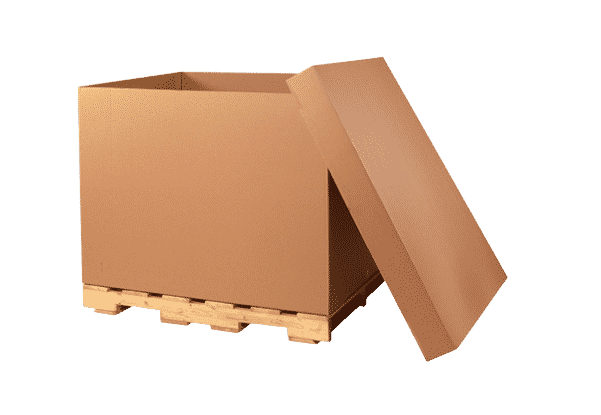
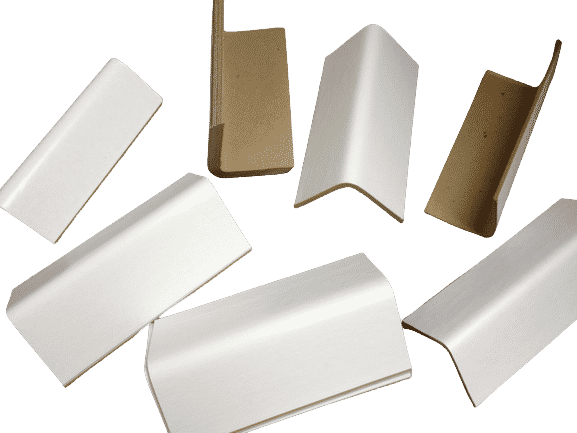
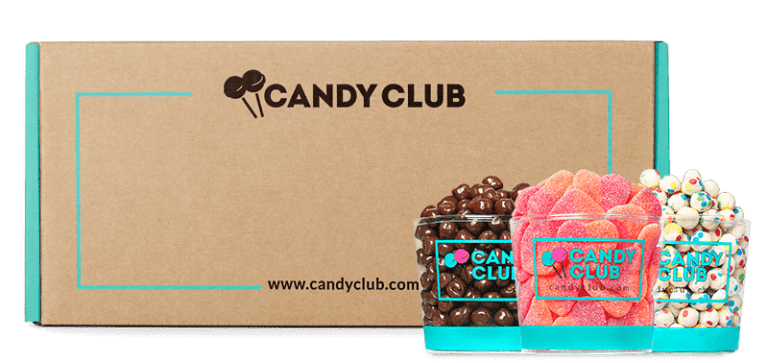
So, Foam or Paper?
The choice between foam and paper for protective packaging depends largely on the specific requirements of the product to be packaged, the company’s budget, and its sustainability goals.
If the product is highly fragile or sensitive, foam might be the preferred option for its superior cushioning properties. However, for companies with strong eco-friendly policies or for less fragile products, paper packaging might be a better choice due to its biodegradability, recyclability, and cost-effectiveness.
In conclusion, both foam and paper have their place in the world of protective packaging. Understanding the benefits and drawbacks of each can help businesses make informed decisions that align with their operational needs and environmental responsibilities. As sustainability continues to become a more prominent factor in consumer choice, it’s likely that we’ll continue to see innovations in both these spaces to further enhance their protective qualities and environmental credentials.
Holiday e-commerce packaging carries two expectations: delivering a memorable unboxing experience and meeting sustainability standards. Shoppers want festive branding, but they also expect recyclability and
Holiday e-commerce volumes can overwhelm manual packing operations. Automation offers a scalable way to meet peak demand while maintaining accuracy, speed, and consistency. For packaging
Point-of-purchase (POP) displays do more than attract shoppers—they must also survive the complexities of modern supply chains. From manufacturing and warehousing to transportation and in-store
Holiday returns cost retailers billions each year, with packaging failures being a major driver. Damaged goods, oversized boxes, and poor protection lead to dissatisfied customers
Unboxing has become a core part of the e-commerce experience, especially during the holidays. Seasonal packaging creates anticipation, reinforces branding, and turns customer deliveries into
Club stores such as Costco, Sam’s Club, and BJ’s Wholesale represent unique opportunities for brands. These high-traffic environments demand large-format point-of-purchase (POP) displays that deliver
Home » Foam vs. Paper: Comparing Protective Packaging Materials
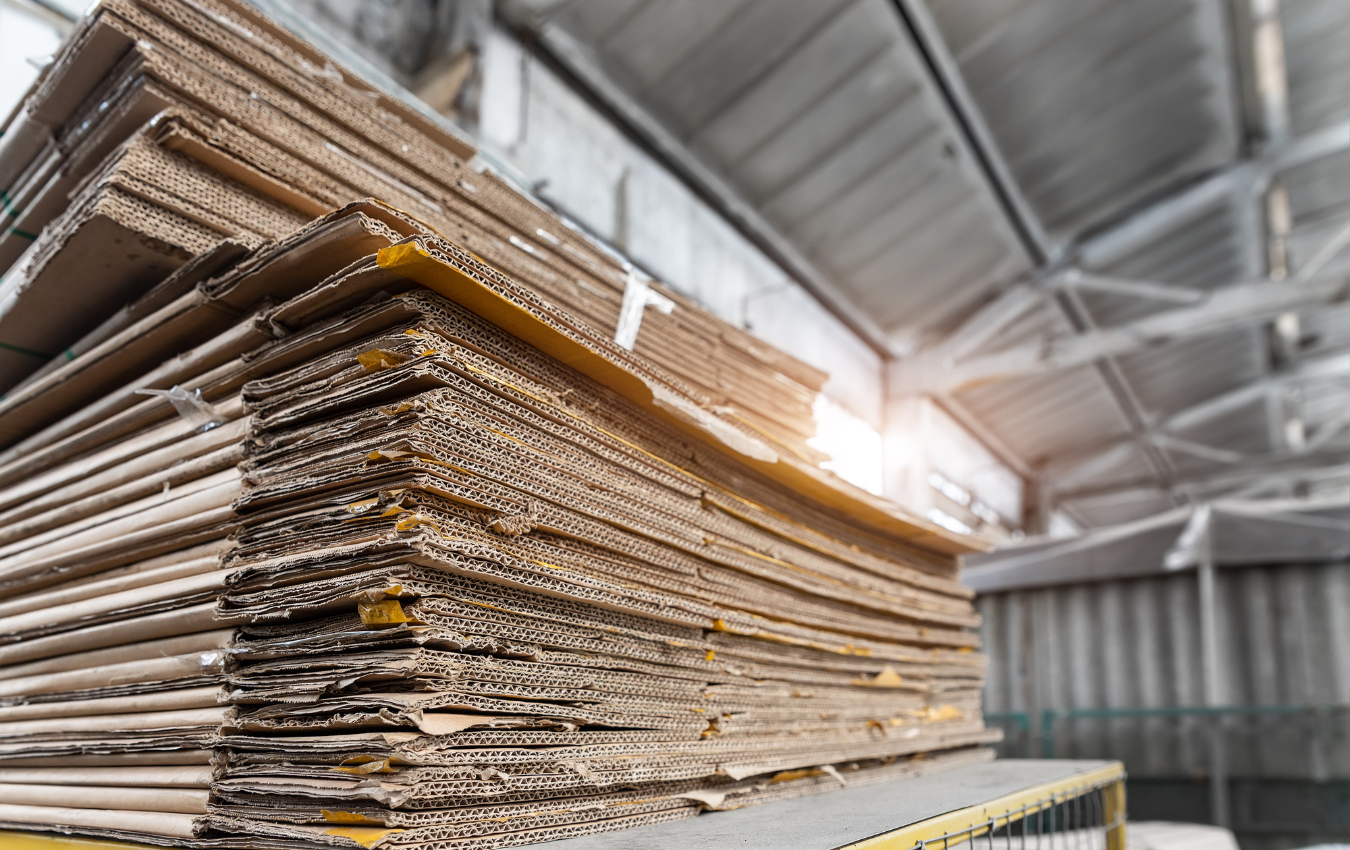
The longevity of corrugated boxes, a question frequently asked by businesses and consumers alike, hinges on several key factors, including their construction, material quality, and

Today, more and more brands are switching to sustainable packaging options to improve their social responsibility to the environment and to meet any regulation or
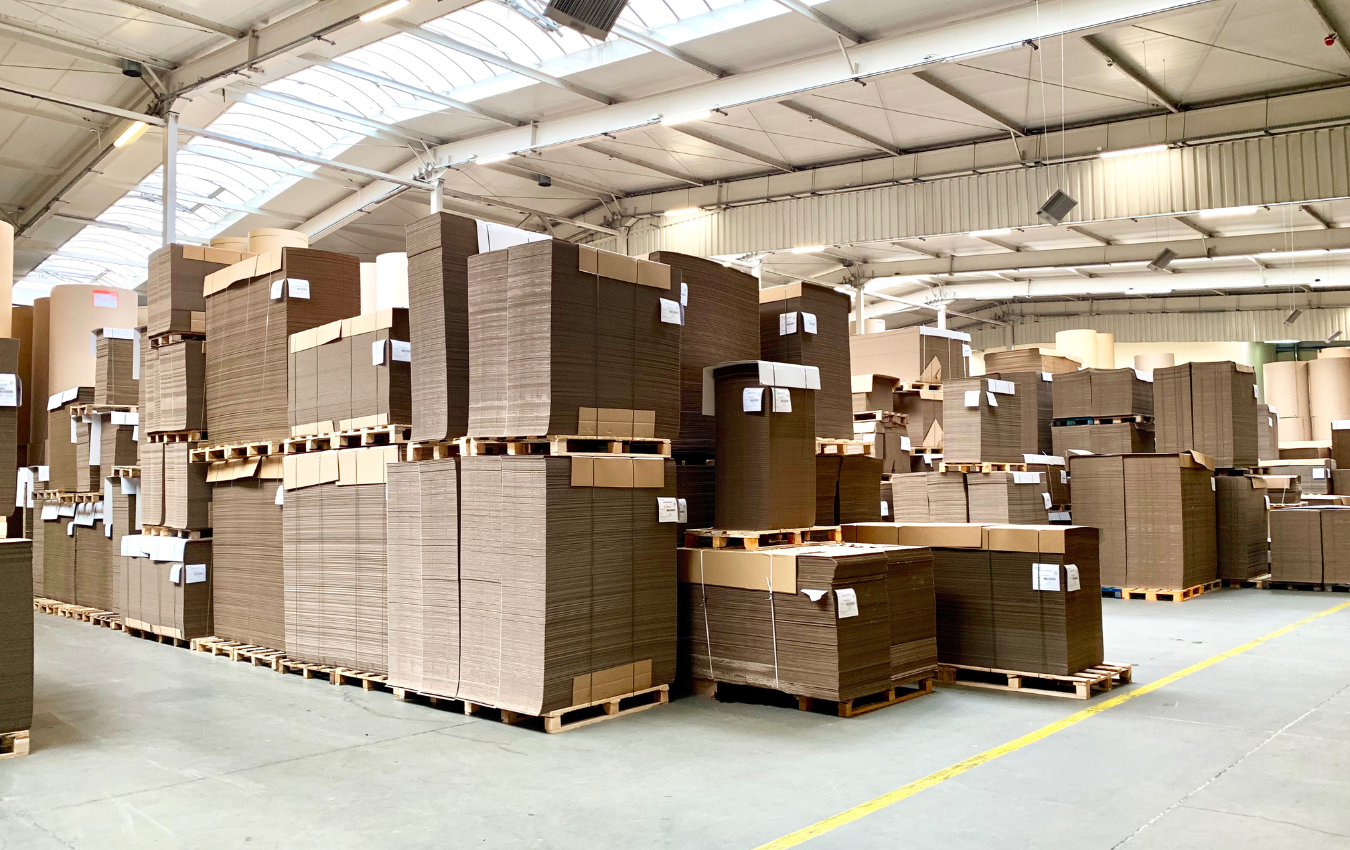
Corrugated boxes lose a significant portion of their original compression strength during prolonged storage, especially under load. Understanding the mechanics of compression creep and the


